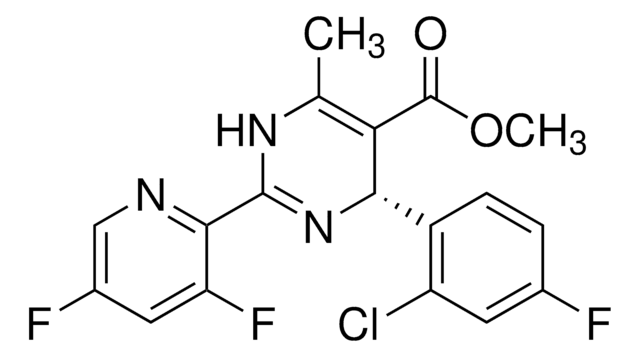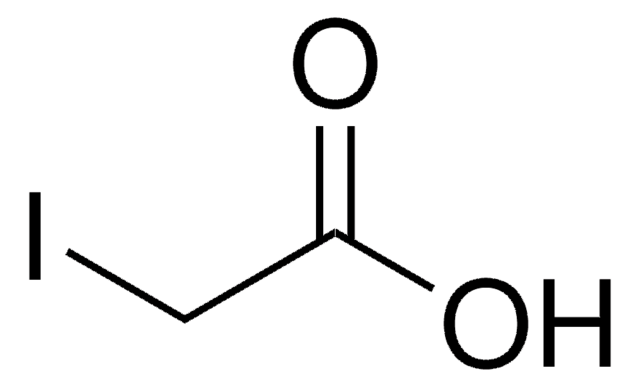721328
Iodoacetamide-13C2, 2-d2
99 atom % 13C, 98 atom % D
About This Item
Empfohlene Produkte
Isotopenreinheit
99 atom % 13C
98 atom % D
Qualitätsniveau
Form
powder
mp (Schmelzpunkt)
92-95 °C (lit.)
Massenverschiebung
M+4
Lagertemp.
2-8°C
SMILES String
[2H][13C]([2H])(I)[13C](N)=O
InChI
1S/C2H4INO/c3-1-2(4)5/h1H2,(H2,4,5)/i1+1D2,2+1
InChIKey
PGLTVOMIXTUURA-HDZHEIKLSA-N
Verwandte Kategorien
Allgemeine Beschreibung
Verpackung
Signalwort
Danger
H-Sätze
Gefahreneinstufungen
Acute Tox. 3 Oral - Aquatic Chronic 4 - Resp. Sens. 1 - Skin Sens. 1
Lagerklassenschlüssel
6.1C - Combustible acute toxic Cat.3 / toxic compounds or compounds which causing chronic effects
WGK
WGK 3
Flammpunkt (°F)
Not applicable
Flammpunkt (°C)
Not applicable
Analysenzertifikate (COA)
Suchen Sie nach Analysenzertifikate (COA), indem Sie die Lot-/Chargennummer des Produkts eingeben. Lot- und Chargennummern sind auf dem Produktetikett hinter den Wörtern ‘Lot’ oder ‘Batch’ (Lot oder Charge) zu finden.
Besitzen Sie dieses Produkt bereits?
In der Dokumentenbibliothek finden Sie die Dokumentation zu den Produkten, die Sie kürzlich erworben haben.
Kunden haben sich ebenfalls angesehen
Unser Team von Wissenschaftlern verfügt über Erfahrung in allen Forschungsbereichen einschließlich Life Science, Materialwissenschaften, chemischer Synthese, Chromatographie, Analytik und vielen mehr..
Setzen Sie sich mit dem technischen Dienst in Verbindung.









